How RSPB Saltholme is Caring for Rare Butterflies
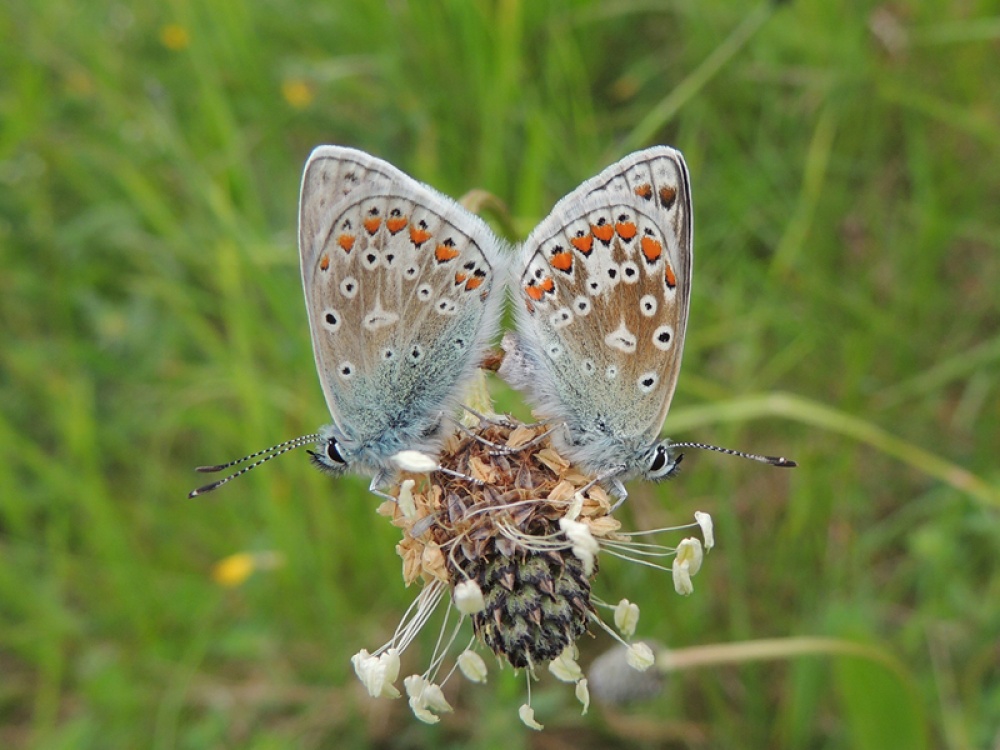
Ahead of the national Big Butterfly Count (18th July - 10th August), RSPB Saltholme has completed conservation work to restore the habitats of local rare butterflies
What made you want to get into conservation?
I didn’t have a clear idea when I was younger of what I wanted to do, but I had always enjoyed spending time outdoors in a natural setting. I ended up at university studying zoology, much of which was genuinely fascinating, but I still didn’t know what I would do with it. None of my friends were interested in nature and nor was I in a particularly focused way, there were many distractions. My dissertation helped, and I spent a summer watching and discovering birds on the university farm. It wasn’t until I started volunteering on a residential placement, however, that I began to see and learn about how much life is out there, and I continue to learn.
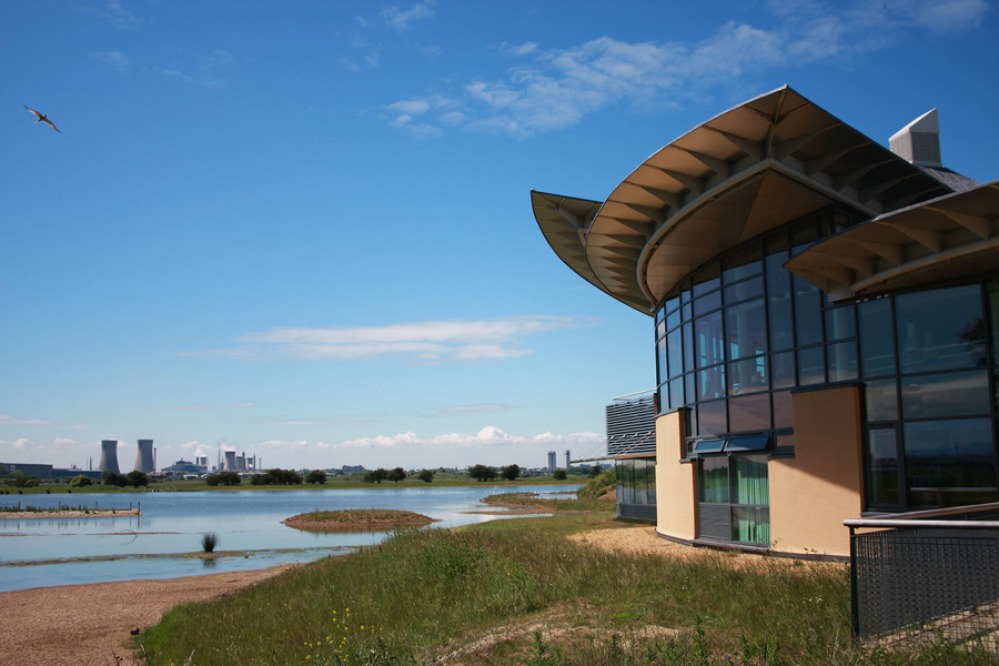
The Big Butterfly Count is coming up and we understand you’ve got a variety of butterflies at RSPB Saltholme. Can you tell us what species are here and a bit about them?
We have about 24 species seen most years and a couple more that have been seen just once or twice so far. So, 26 recorded in total.
White-letter hairstreak is a species that feeds on wych elm and suffered large declines when Dutch elm disease hit. They are difficult to see as they fly high up amongst the canopy of elm trees, but are easier to see when they come to the ground to feed on nectar from flowers.
Dingy skipper fly in May, and use bird’s-foot trefoil as a caterpillar food plant. They like areas with low nutrient and sparse vegetation, often areas with some bare ground as when this heats up, the warmth helps with egg and caterpillar development.
Grayling is another highlight of the species list, and at RSPB Saltholme they are found in similar situations to dingy skipper, areas with bare ground and some of the finer grasses that their caterpillars feed on. They are now classed as endangered on the Great Britain Red List, which means they are of highest conservation concern.
What work have you been doing to help butterflies?
We have renovated a footpath that needed attention, and in doing so, created a wider area of bare ground adjacent to the path. We scraped another area near the car park and put down limestone. This will, over time, populate with plants from the local area, with a little assistance from the team here, and mimic Teesside’s slag grasslands.
Limestone has similar chemical properties to slag, a product of the steel industry used to reclaim areas of the Tees estuary. As such, similar plants grow on slag as on limestone, for example carline thistle, yellow-wort, bird’s foot trefoil and kidney vetch. Our scarcer butterflies feed on some of these plants, and favour those growing in areas where there is lots of bare ground or sparse vegetation. We hope this work will create ideal conditions for species like grayling, dingy skipper and even small blue.
We have also worked with contractors and volunteer work parties to clear encroaching vegetation, including invasive buddleia and sea buckthorn, in the areas that are currently best for butterflies. This work should improve even further the fortunes of these species in the area.
We heard you’d like to attract the Small Blue butterfly. Do you think there’s a good chance it might be seen at Saltholme?
The small blue had been absent from the North East for 70 years prior to a re-introduction on Teesside in 2019 by Butterfly Conservation and INCA. We have had the odd sighting mentioned to us from our Dorman’s Pool site where we have been doing the work but we are encouraging kidney vetch to spread in the location and so I am hopeful that it can become a regular breeder at Saltholme. We’ll need to wait and see.
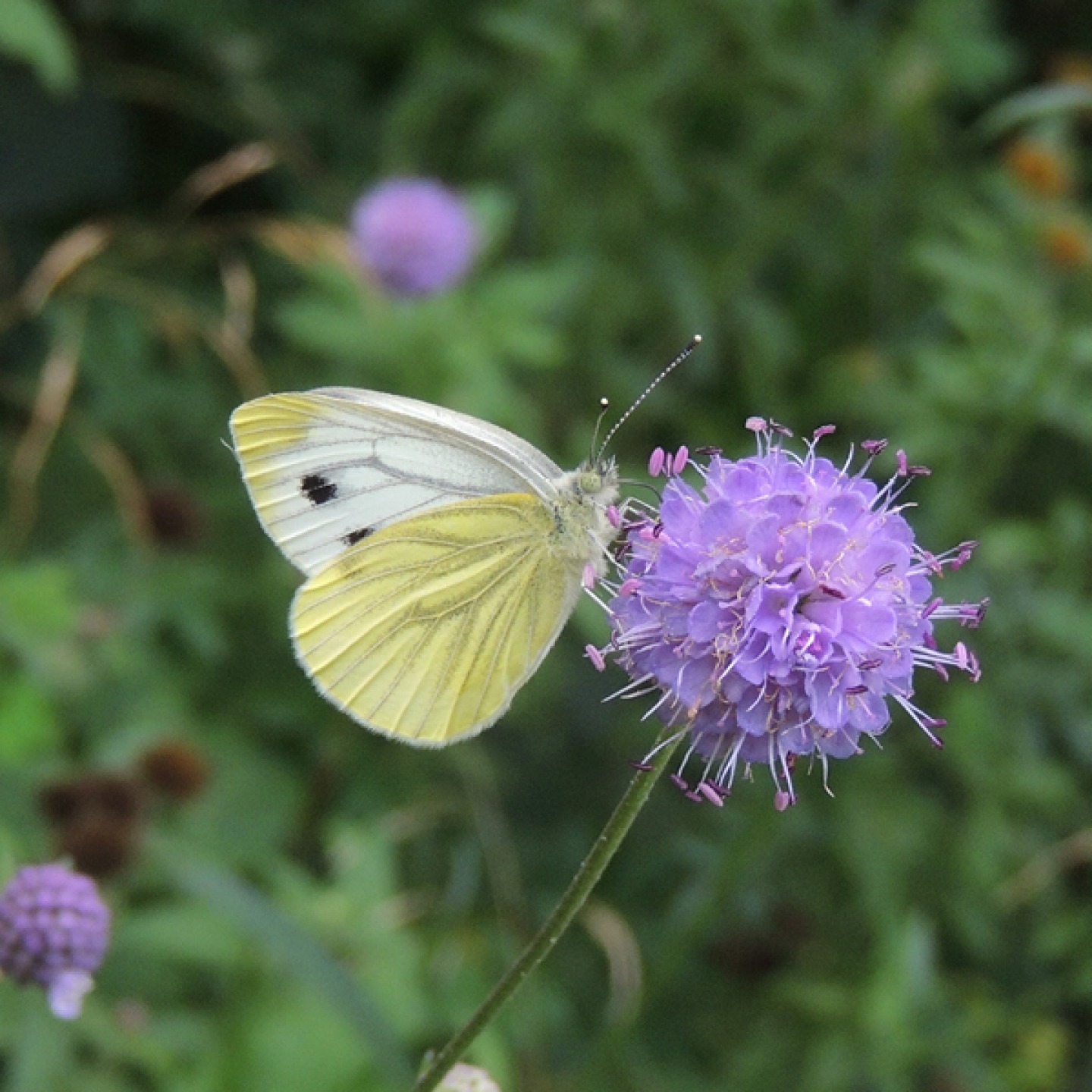
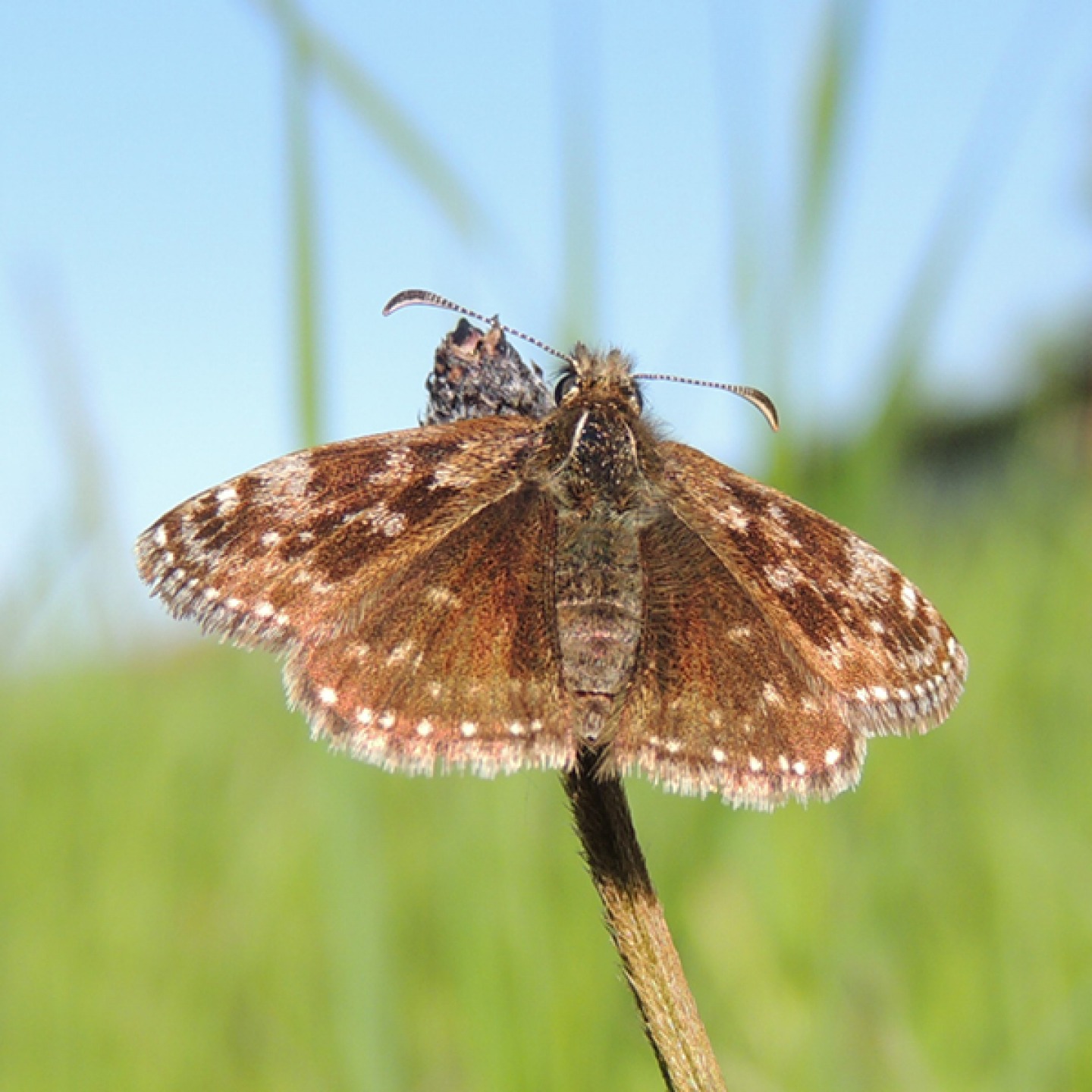
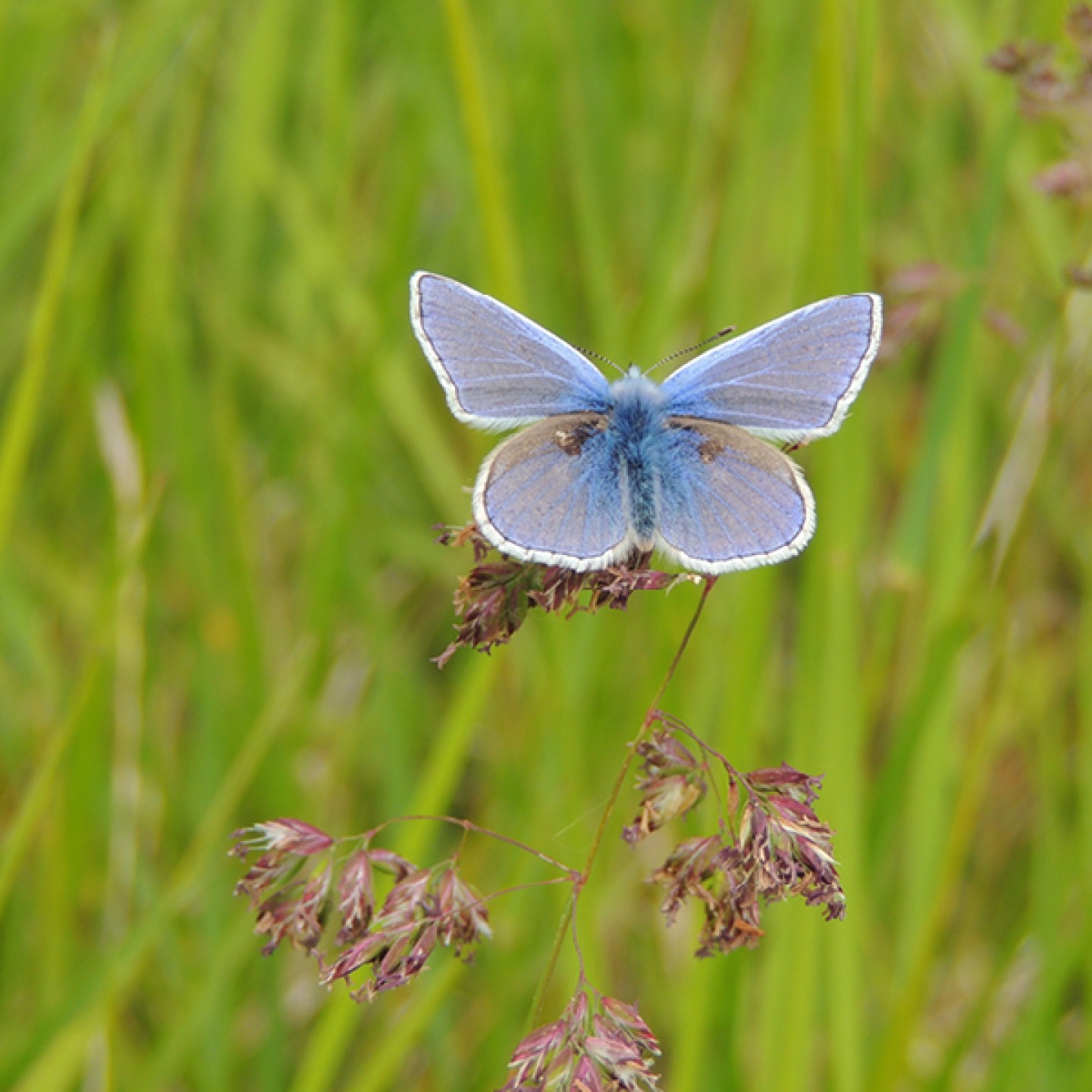
Are butterflies in decline in England?
The general outlook for butterflies isn’t entirely positive. Butterfly numbers go up and down from year to year, but recent figures show 31 species are in long-term decline. Between 1976 and 2014 a number of species declined in both abundance and distribution, whilst some species have declined in one (abundance or distribution) and increased in the other. A few are increasing in both.
What can people do to help?
There are a few things people can do to help. Supporting a conservation organisation can help, either with financial donations or by volunteering – a number of opportunities are out there. People can garden sensitively for wildlife by reducing pesticide use or planting native plants (remember butterflies and other insects have a larval stage that needs accommodating so planting larval food plants can be useful). This brings the additional benefit of being able to see up close the rewards for your efforts.
Which is your favourite butterfly?
They can all be great to watch. It’s great to see some species that appear early in the year like orange-tip and brimstone, and some of the scarcer species at Saltholme are a bit special to me like the dingy skipper or the grayling. It is great to be able to play our part in trying to manage for them, hopefully in time more people will get a chance to see some of these at Saltholme.
Why should we care about butterflies?
Butterflies enrich our lives and that should be reason enough to care about them. They also act as pollinators and prey items to other species. They are an important part of the ecosystem and can also act as indicator species, reflecting the health, or otherwise, of the wider environment.







